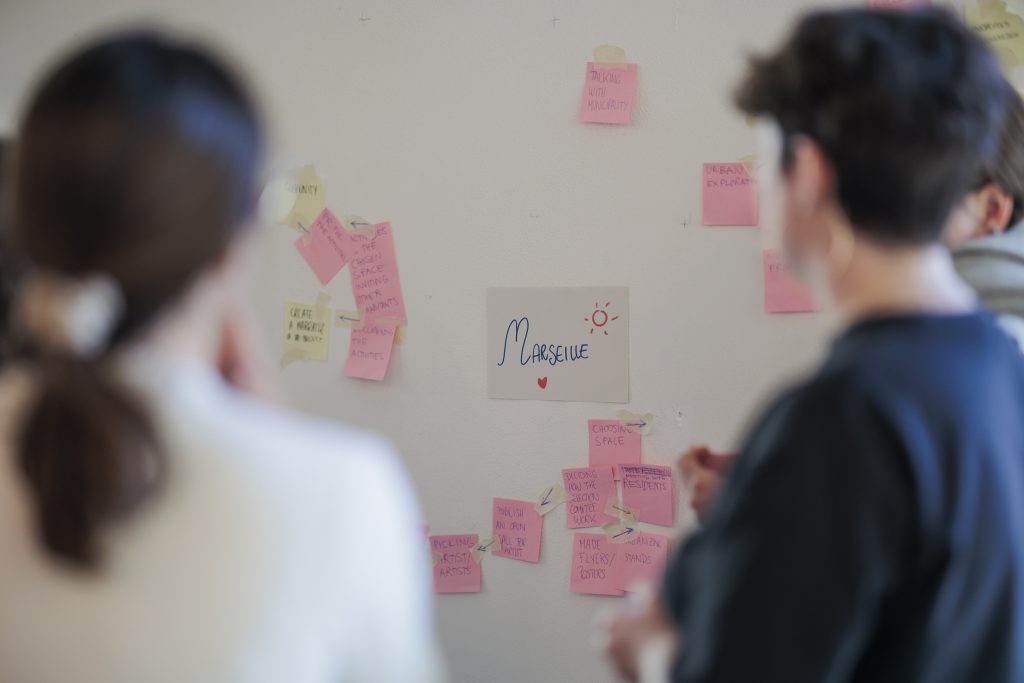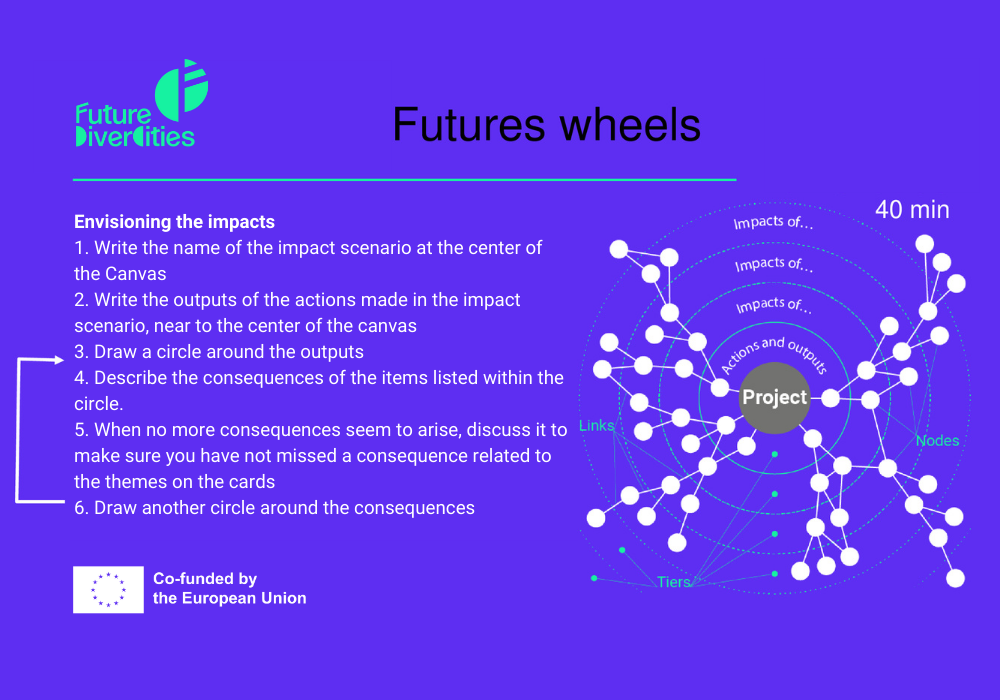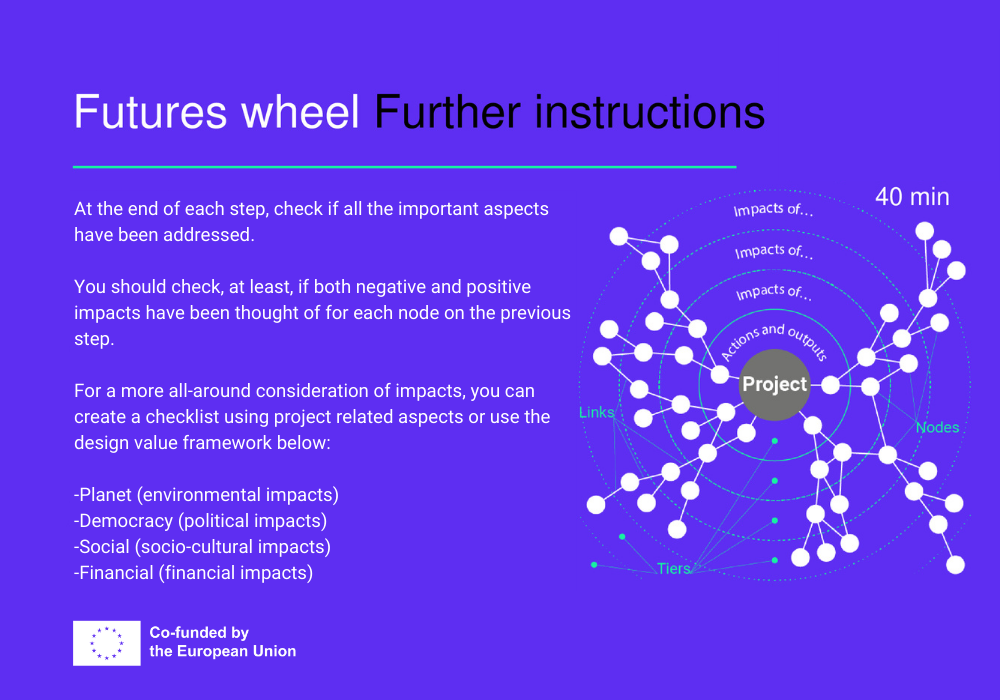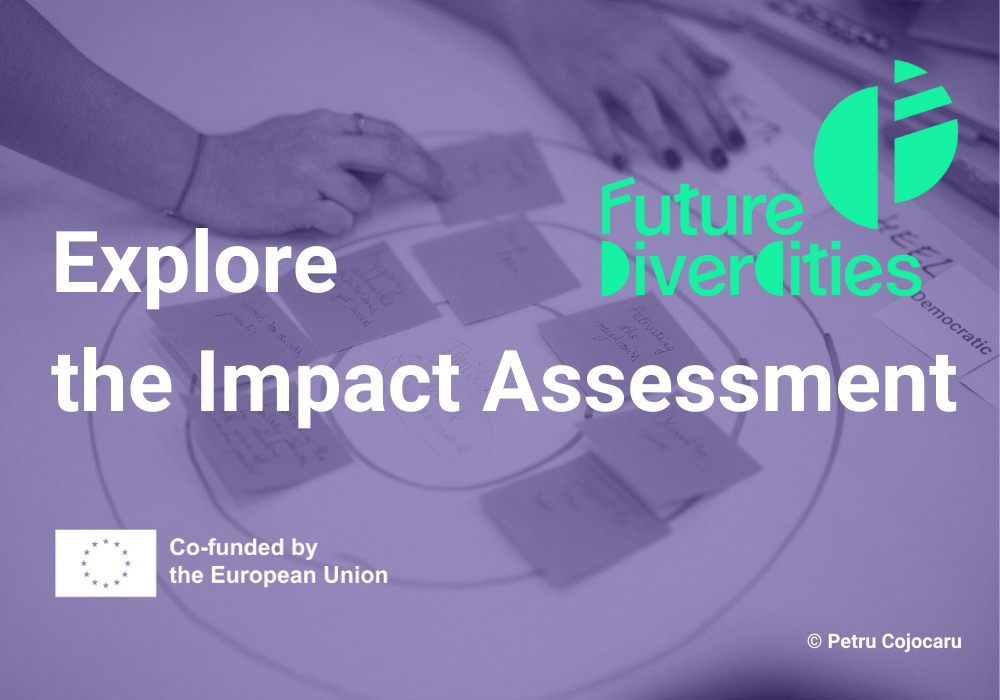Assessing the Impact of Project Implementation
Future DiverCities brings together partners with complementary expertise, fostering innovation in cultural and artistic projects integrated into urban regeneration plans. The collaboration with researchers from the University of Savonia (Finland) strengthens the vital connection between scientific research and cultural initiatives.
Evaluating Impacts: Tools and Methods
In parallel with the pilot’s experimentation in vacant urban spaces, an impact assessment protocol has been developed by the University of Savonia. This method evaluates all impacts (as well as the secondary effects of those impacts) stemming from actions and decisions made during implementation.
The regenerative process unfolding across the various pilot sites lies at the project’s core, serving as a space for testing and adapting methodologies. The diverse geographical contexts represented within the consortium allow for a range of perspectives to be integrated into the development of replicable tools.
Researchers recognized the importance of this component early in the process and have consistently tested their methods and tools with members of local coalitions in different pilot sites (Kuopio, Londa, and soon Athens). As a result, the evaluation method has been designed to be both replicable and adaptable to a variety of contexts and initiatives.

Replicability and Participation in the Protocol
The developed methodology encourages discussions about how and why to assess the effects—both positive and potentially negative—of citizen and culture-led urban regeneration. This assessment can take place at various stages of a project: at the outset to project possible futures and define objectives (as well as elements to avoid), during implementation to evaluate the reality of actions taken, and finally, at the end to assess the outcomes.
The tools and methods that comprise this impact assessment protocol have been designed to incorporate the participation of local coalitions in the evaluation process, thereby enhancing the project’s participatory component and grounding it within the specific contexts of each vacant urban space.
The partners of Future DiverCities emphasize the importance of developing content that can be utilized by a diverse range of stakeholders. Their focus extends beyond cultural professionals involved in urban regeneration to include municipalities and other public entities shaping the development of cities.
The first phase of the research is available for review here, but we also share with you the main exercise.
Recognising the possible impacts of a project: A Step-by-Step Guide
This part of the impact assesment is about recognising the impacts of a project. Before you begin, ensure you have the following elements prepared for an effective evaluation:
- Allocate at least one hour for the assessment, depending on your topic and the composition of your group(s). Make sure you have sufficient time to complete the matrix.
- Gather Post-it notes and visual materials for a collaborative session.
- Ensure there is enough space available; you can use a paper board or a wall for displaying information (refer to the example pictured).
- The template can be adapted into any language to encourage participation and inclusivity.
Good luck with your assessment!



After implementing the Futures Wheel
The impact assessment process enables facilitators to gather sensitive scientific data, which they share during the evaluation. It is crucial for facilitators to take the time to analyse the results of the impact assessment and communicate them not only to the participants but also to all stakeholders involved in implementing cultural and artistic initiatives that shape this urban regeneration experiment.
This is where the sentences become useful: they clearly articulate the impact and its repercussions in the process. By following all the necessary steps, evaluators can:
- Establish a comprehensive understanding of the decision-making processes and actions taken.
- Objectively assess the impacts of those actions and decisions on the space and all living beings that interact with it.
- Draw conclusions from these impacts and share them with stakeholders.



